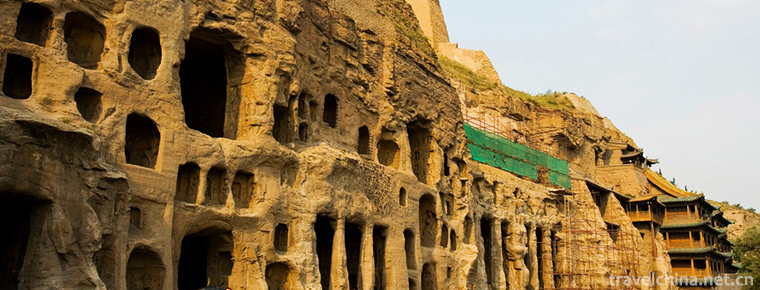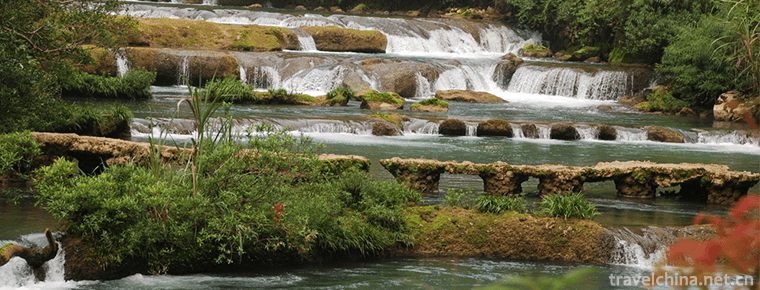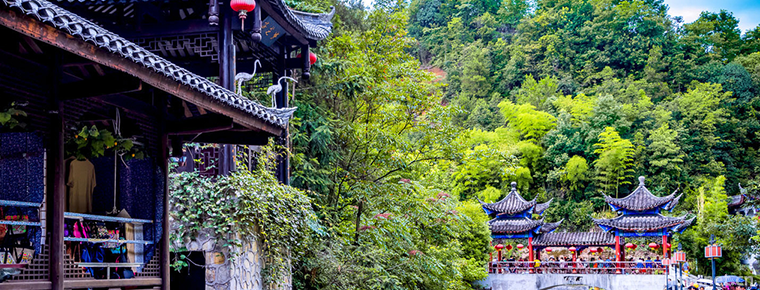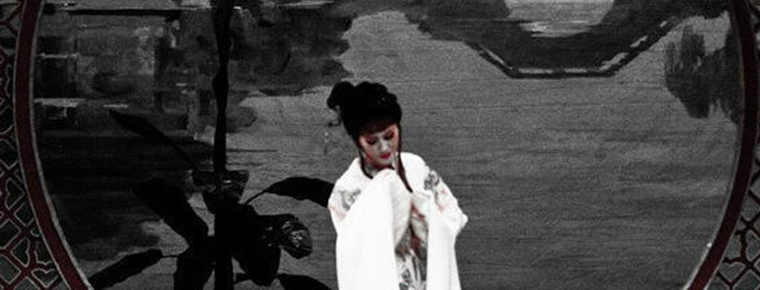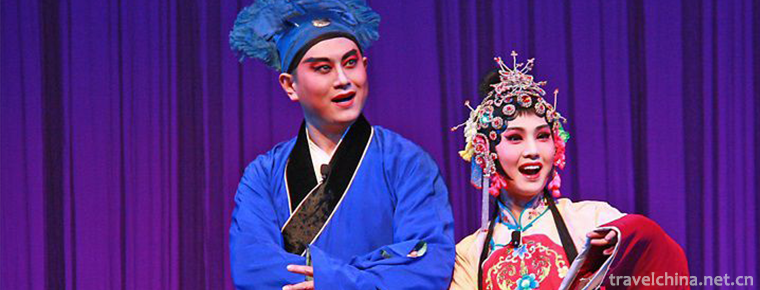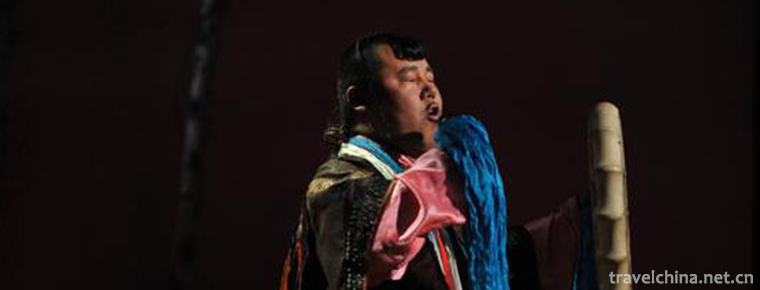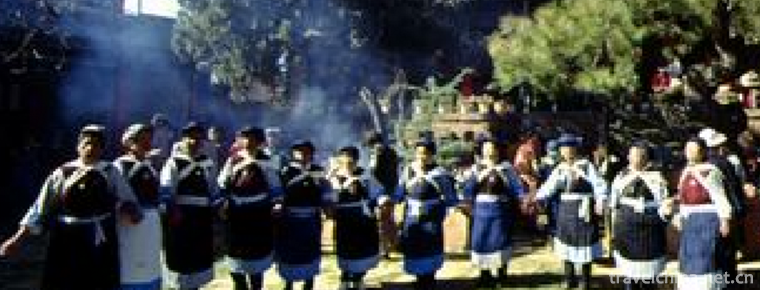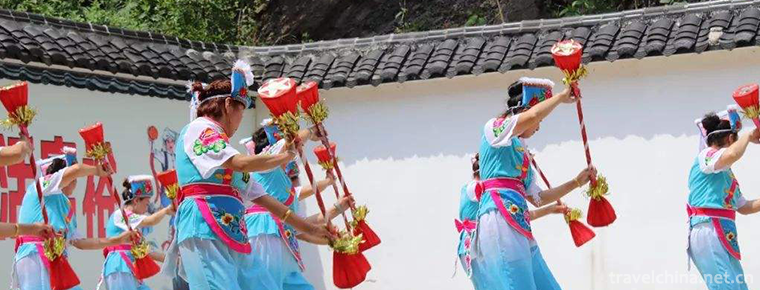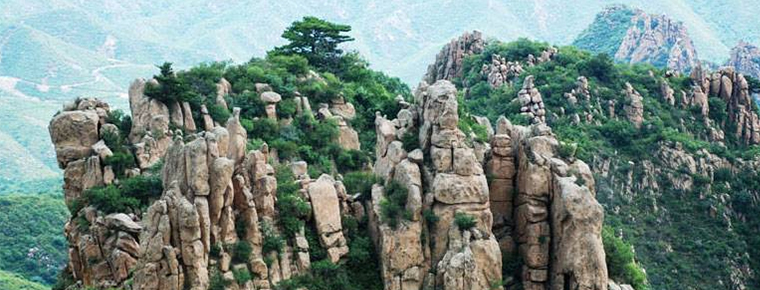Panzhihua before Sui Dynasty
Panzhihua before Sui Dynasty
Archaeological discoveries have proved that Panzhihua is one of the areas where human activities took place earlier. In addition to the "Yuanmou Man" and "Butterfly Man" relics found in nearby areas, the huilongdong ancient human site about 18000-12000 years ago has been found in Panzhihua City.
Panzhihua is also a corridor of primitive human migration from north to South and communication between East and West. The earliest human activities here can be found in the text: The Legend of Chang Yi, the second son of the Yellow Emperor, living in Ruoshui (the lower reaches of the Yalong River and the river after its confluence with the Jinsha River) and Zhuanxu, the second son of the Yellow Emperor, in historical records, ZhouShu, muzhou oath, about the legend that the people of Li, Wei and Pu who lived in the area participated in King Wu's attack of Zhou.
According to the division of Yugong, the city belongs to Liangzhou in ancient times. In the Zhou Dynasty, the land was merged into Yongzhou along with Liangzhou.
In the fifth year of King Shenliang of Zhou Dynasty (316 BC), after the Qin Dynasty destroyed Shu, "the state of cancong (Shu) was broken, and the descendants lived in Yao and Yao (including the city area) In 285 B.C., King Huiwen of Qin Dynasty sent Shu Shou Zhang ruozuo and his Jiangnan area as the first place to set up counties and counties in this area.
In the sixth year of the reign of emperor Yuanguang of the Han Dynasty (129 BC), Emperor Wu of Han Dynasty sent Sima Xiangru to appease the Yi people, "reaching mo (Dadu River), Ruoshui, qiaosunshui (Anning River) in the west to connect Qiong and Zuo. After the return of Xiyi, the Han Dynasty once "set up a Duwei, more than ten counties, belonging to Shu (county)" (historical records, Sima Xiangru Biography). The administrative districts set up here twice in the reign of Qin and Han, yuan and Guang dynasties have jurisdiction over the city.
In the sixth year of the reign of emperor Yuanding in Han Dynasty (111 B.C.), Yueyi county and its subordinate 15 counties were set up from Panxi to Chuxiong, Yunnan Province.
In the Shu Han period of the Three Kingdoms, Dazuo was incorporated into Dingzuo, and Gufu county and dragonfly county were divided into Yizhou county and Gufu county. In addition to the central Jiangbei County, the city is still under the old system. So from the original land of one county and seven counties, it became the boundary of two counties and seven counties.
After a long period of time, it was merged into Xigu society. In addition, Yizhou was too large, and divided into four counties in nanzhong under its original jurisdiction, and ningzhou was established in addition. Yunnan county was transferred to ningzhou. After that, ningzhou was abolished and restored, and the county of Yue was ruled by it. The eastern part of Jiangbei was changed into Huiwu County, and the western part of Jiangbei was transferred to suijiu County, which was changed from six counties in Yizhou county to two counties in ningzhou county.
In the first year of Yongchu of Liu Song Dynasty (420 A.D.), Liu Yu took the place of Jin Dynasty and established Liu Song Dynasty in the south. The territory of Yi and Ning includes two parts. Yizhou Yueyi county's administrative office was returned to qiongdu from the meeting. Pingle county and its subordinate counties were abolished, and Gufu county was divided into East Gufu county and West Gufu county. Today, except Hexi is qiongdu, Daping and the west of Jiangbei are subordinate to donggufu County, the rest remain unchanged; it is the jurisdiction of Yizhou and ningzhou, Yuehe, Yunnan and Xingning counties, qiongdu, Huiwu, Dingzuo, dragonfly and donggufu.
At the end of the Liu and Song Dynasties, in Yuejia County of Yizhou, the "barbarian bureaucrats relied on the danger, and then took the Zha rebellion" ("Taiping Huanyu Ji" quoted "Shidao Zhi"), which belonged to all counties. In ningzhou, nanzhong surname, headed by the Cuan family, was also "good at living by relying on the yuan" and "from the wangmanfang" (Zhoujun annals of the Southern Qi Dynasty and the Cuan family). In 479, Song County was only under the jurisdiction of Song County. Not long after Nanliang was founded, the Northern Wei kingdom once sent troops to invade Yizhou and ningzhou in 514, but soon withdrew to the north. Xiao Ji was the governor of Yizhou. In the 17th year of Shu Dynasty, ningzhou and Yuejia in Nankai (Zizhi Tongjian Liangji) established gazhou, and then set up Xilu County in Hexi and Dechang. After arriving at Dabao (550-551) of Jianwen emperor of Liang Dynasty, it became the base of the Cuan family.
After the Northern Wei Dynasty was divided into eastern and Western regimes, the Western Wei Kingdom took advantage of the southern Liang civil war and the opportunity of Xiao Ji to fight for the emperor in the East. In 552, the kingdom of Western Wei sent troops to invade some parts of Yizhou, ningzhou and gazhou in 552. Although there was a saying that "the feelings of the southwest Yi people were harmonious" (the stele of weichijing temple in Zhangde), it could not actually control the area of today's city occupied by the Cuan family. After the establishment of the Northern Zhou Dynasty, it was only after two military expeditions in the fourth year of Baoding (564) and the third year of Tianhe (568), that the area of Yuehe was occupied. Dingzuo town was set up in Dingzuo, Daping and the middle of Jiangbei were under its control. Hexi was once the jurisdiction of Yanzhou Pingle county and Xuanhua County kequan county. In addition, the places of Hedong, Jiangbei, Jiangbei, and Jiangnan were still occupied by the Cuan family.

-
Yungang Grottoes
Yungang Grottoes is located in the southern foot of Wuzhou Mountain, 17 kilometers west of Datong City, Shanxi Province, northern China..
Views: 243 Time 2018-11-24 -
Libo Zhangjiang Scenic Spot
Libo Zhangjiang Scenic Spot is located in Libo County, Buyi and Miao Autonomous Prefecture, Guizhou Province, with a total area of 118.8 square kilometers. It is composed of big and small Qikong sceni.
Views: 182 Time 2018-12-12 -
Qianling Mountain Park
Qianling Mountain Park is a comprehensive tourist park, built in 1957, located in the northwest corner of Guiyang City. It is named Qianling Mountain because of its "first mountain in southern Gu.
Views: 150 Time 2019-02-07 -
Tangya Tusi City Site
Tangya Tusi Town Site is located in Tangya Town, Xianfeng County, Enshi Tujia and Miao Autonomous Prefecture, Hubei Province, with its back to Xuanwu Mountain and facing Tangya River..
Views: 153 Time 2019-02-13 -
Jiangnan Shaoxing opera
Yueju Opera, the second largest opera in China, is also known as "the most widely circulated local opera" . Some people think that it is "the largest local opera",.
Views: 147 Time 2019-05-05 -
Lv Opera
Lv Opera, also known as masqueraded Yangqin and Qinxi Opera, National intangible cultural heritage, one of the eight major Chinese operas, Shandong's most representative local operas, is popular in mo.
Views: 149 Time 2019-05-15 -
Mongolian Humai
Humai, also known as laryngeal singing, double singing, multi-voice singing or Haolinchao, is a singing method of many ethnic groups around Altai Mountains, not unique to the Mongolian people..
Views: 842 Time 2019-06-03 -
Naxi Remei Biao
"Remei Biao" is also known as "Wo Yo Ye", which is a collective folk custom that has been spreading for thousands of years. There are more than ten people at least and hundreds of .
Views: 202 Time 2019-06-07 -
Yao an Bazi Cavity
On June 7, 2008, Yao'an Baziqiang, declared by Yao'an County, Yunnan Province, was listed in the second batch of national intangible cultural heritage list with the approval of the State Council. Heri.
Views: 311 Time 2019-07-11 -
Encouragement of Sangzhi Battle
Sangzhi Bai people's fighting drum is mainly distributed in seven Bai villages and towns, such as Mahekou, Maidiping, Furong Bridge, Hongjiaguan, Zoumaping, Linxi River and Liu Jiaping. In other half .
Views: 419 Time 2019-07-25 -
Sichuan Conservatory of Music
Sichuan Conservatory of Music, whose predecessor was "Sichuan Provincial Drama Education Experimental School" founded in 1939, has experienced such periods as "Sichuan Provincial Music .
Views: 199 Time 2019-08-31 -
Daheishan Forest Park
Daheishan Forest Park is located in Wuben Township, Renhe District, Panzhihua City, Sichuan Province. From the center of Panzhihua bingcaogang River Panshan 58 kilometers, through Guaziping, Lanjian mine and Wuben township..
Views: 73 Time 2020-10-15
